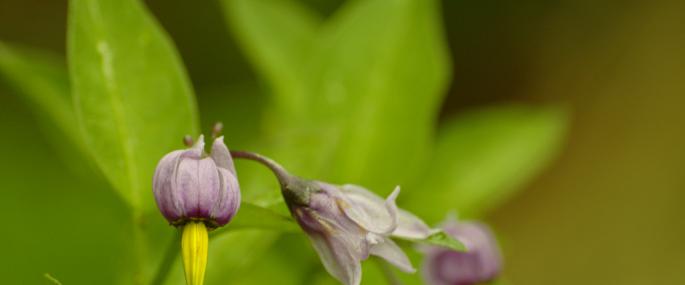Despite being a member of the nightshade family, Bittersweet (also known as 'Woody Nightshade') is one of the less toxic plants in this group. Found in hedgerows, gardens and even on shingle beaches, its purple flowers appear from May to September and are followed by clusters of bright red, poisonous berries.
Despite its poisonous nature, Bittersweet is still a useful plant for wildlife with certain species being unaffected by its toxins. The Wildlife Trusts manage many nature reserves for the benefit of all kinds of wildlife, including many different species of plants. But these precious sites are under threat from development, intensive agricultural practices and climate change. You can help by supporting your local Trust and becoming a member; you'll find out about exciting wildlife happenings, events on your doorstep and volunteering opportunities, and be helping local wildlife along the way.
